Episode 4
Blue Transformation – FAO’s vision for aquatic food systems
with Dr. Audun Lem
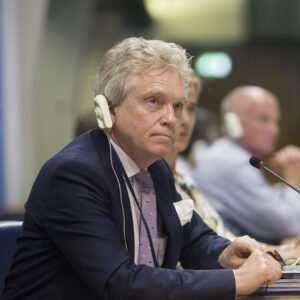 Audun Lem is Deputy Director of the Fisheries and Aquaculture Division of the Food and Agriculture Organization of the United Nations (FAO). He is particularly involved with policy issues related to international trade and market access, and value chain analysis and management.
Audun Lem is Deputy Director of the Fisheries and Aquaculture Division of the Food and Agriculture Organization of the United Nations (FAO). He is particularly involved with policy issues related to international trade and market access, and value chain analysis and management.
© FAO/Riccardo De Luca
For many years, Audun was Secretary of FAO’s Subcommittee for Fish Trade, the principal forum among governments for discussion of relevant fish trade matters, and from this summer he will take on the position of acting Secretary of COFI. Before joining the FAO in 1996 he worked for the Norwegian Embassy’s trade mission in Milan, and as a private consultant on various fisheries and aquaculture topics. Audun holds a B.Sc in Economics from the Norwegian School of Economics in Bergen, an MBA from Harvard and a PhD from Poland’s Sea Fisheries Institute.
Audun sat on the GSSI Steering Board from 2016-2021.
GSSI and the Food and Agriculture Organization of the United Nations (FAO)
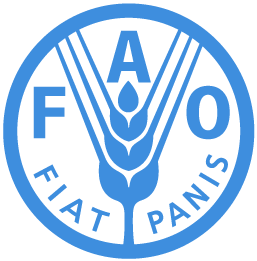
GSSI has worked in close partnership with the FAO and its member states since its inception to operationalize and champion internationally-agreed guidelines and instruments in the seafood sector. FAO’s Code of Conduct for Responsible Fisheries and its related guidelines are at the heart of all GSSI programs, bringing sustainability to the forefront of the work being done in the seafood sector and thereby contributing to achieving the UN Sustainable Development Goals (SDGs).
GSSI and the FAO have been closely collaborating for several years. Before we dive into Blue Transformation, can you reflect on the relationship between the FAO and GSSI?
From our perspective, it is important that GSSI’s work is rooted in international codes and guidelines. Looking at the first 10 years of GSSI, the fact that benchmarking systems are in place and are being recognized in the marketplace is a significant achievement. The benchmarking done by GSSI reduces duplication and certification costs for operators by creating equivalency among schemes that have been evaluated and found to be aligned with a set standard – something that was needed. On a personal note, before GSSI was created, I was present in FAO when the benchmarking debate was ongoing. Within the Sub-committee on Fish Trade, talks relating to certification, market access, and traceability went on for many years before a consensus emerged on the importance of certification. I was therefore pleased to see the creation of GSSI, the continued strong ties with the FAO, and the fact that you build on internationally-negotiated and agreed instruments. I also welcome GSSI’s wider-picture approach, including the recognition that the majority of seafood production takes place in developing countries and that GSSI has to be relevant also for them.
Looking at the future of GSSI, it now has a solid base to build on, with the potential to grow by adding new stakeholders and companies, including in developing countries. Alongside this growth, many countries are also showing a keen interest in developing national certification schemes. The importance of certification is being recognized in most producing countries as a voluntary market-based instrument, and this makes the need for benchmarking even more relevant. Most consumers need guidance to be able to understand and value the new certification schemes that are coming on-stream. Of course, the ultimate goal is to achieve sustainable fisheries and aquaculture for everyone. Moving forward, we will also see much more emphasis on the human and social issues, the social dimension of sustainability, including safeguarding the rights, dignity and well-being of all those millions of people who are involved in seafood value chains globally.
Over the past 10 years, GSSI has also become a strong advocate for sustainability in sourcing. And contributed to raising awareness among operators and the general public about the need to make all fisheries and aquaculture operations sustainable. We firmly believe that GSSI and the practice of benchmarking have an important role in these endeavors. We will continue to be supportive of GSSI’s benchmarking work on this basis and encourage its inclusion also of more developing country partners. We’re therefore pleased to see increased global representation in the GSSI Partnership, including a first partner from the African continent. The FAO is also impressed with the progress made with Seafood MAP – a platform that will allow users to start building connections. We look forward to seeing the smallholder stories collected by the FAO, the Lexicon, and GSSI in the IYAFA storytelling initiative on Seafood MAP.
Looking at the first 10 years of GSSI, the fact that benchmarking systems are in place and are being recognized in the marketplace is a significant achievement.
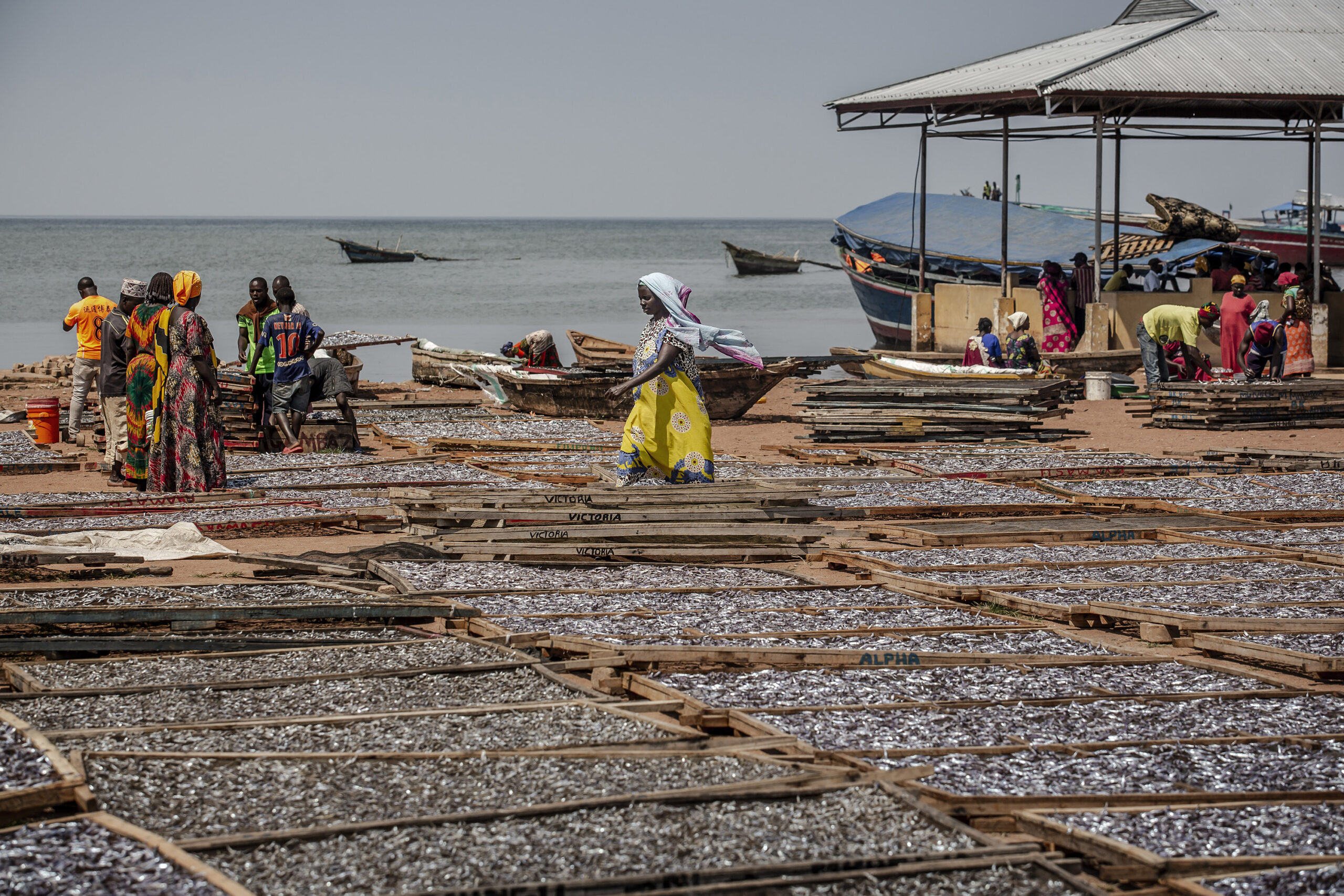
FAO Fish4ACP project
© FAO/Luis Tato
What does Blue Transformation mean, and what role does the FAO believe it will play in the future of seafood and those that rely on it?
Blue Transformation is the programme created at FAO to effectively implement our activities toward achieving more sustainable aquatic food systems. It has three pillars: aquaculture, capture fisheries, and value chains – mirroring the setup of our division for additional synergies. The need for transforming food systems was highlighted at the 2021 UN Food Systems Summit, and Blue Transformation refers to the shift towards a more sustainable and equitable use of the ocean’s resources. It encompasses a range of actions and initiatives aimed at promoting ocean health, conservation, and sustainable development. It also recognizes the critical role that oceans play in supporting life on Earth, including their contribution to food security, climate regulation, and economic development. However, it also recognizes the many challenges facing the ocean today, including overfishing, pollution, climate change, and habitat destruction.
Furthermore, Blue Transformation is a targeted effort by which agencies, countries and dependent communities use existing and emerging knowledge, tools, and practices to secure and sustainably maximize the contribution of aquatic (both marine and inland) food systems to food security, nutrition, and affordable healthy diets for all. Blue Transformation acknowledges that aquatic food systems significantly influence human, animal, and ecosystem health.
There are 17 different Sustainable Development Goals (SDGs) and all of them are relevant to the fisheries and aquaculture sector. Our sector contributes to the SDGs in many different ways: economic development, elimination of hunger, taking care of the environment, labor and human rights, and of course SDG 14: Life below water. Sustainable fisheries and aquaculture is necessary to save the planet and humanity, but it’s also a very important economic sector that provides livelihoods, nutrition/healthy diets. For fisheries the emphasis lies on ending illegal fishing, maintaining healthy states of fish stocks, and creating economic benefits. Aquaculture contributes through increasing food security, and creating additional economic benefits. The role of both aquaculture and capture fisheries will be even bigger in the future, which sees a growing population and an increasing demand for healthy diets. Most of the increase will come from aquaculture.
Blue Transformation requires the collaboration and involvement of all key actors – both public and private. Why is this so important?
Collaboration is fundamental. The public sector sets rules at national and international levels, but in the end, it’s the private sector that produces (catches or farms), processes, trades, distributes, and operates according to the rules and laws set down by governments. There’s also the power of consumers and retailers, their specific needs, and civil society. The industry has been adept in responding to those needs, one such response is actually GSSI, which is providing much-needed clarity in the marketplace. Collaboration between the public and private sectors in the seafood world is crucial. It can also take place at many levels, and involve academia and NGOs. Unquestionably, there are more stakeholders involved today than there were only a few years ago, including in FAO fora with a growing number of observers participating from civil society, the NGO community, and industry associations.
It is also obvious that for Blue Transformation to be effective, we have to achieve a shared vision of a healthy, thriving ocean that supports life and livelihoods for generations to come. This requires cooperation between governments, the private sector, civil society, and communities. And we certainly see GSSI as being relevant in this context, both as an important stakeholder in benchmarking and certification and as a key advocate for more sustainable sourcing of seafood products from all over the world.
Key reasons why collaboration is so important for Blue Transformation include:
- Shared responsibility – The ocean is a shared resource that belongs to everyone, and achieving Blue Transformation requires a collective effort from all. Collaboration can help to foster a sense of shared responsibility for ocean health and ensure everyone is working together towards common goals.
- Integrated approach – Blue Transformation requires an integrated approach that addresses the complex and interconnected challenges facing the ocean, such as overfishing, pollution, and climate change. Collaboration can help bring together different perspectives and expertise to develop comprehensive solutions that address these challenges.
- Innovation – Collaboration can foster innovation in areas such as sustainable fisheries, marine conservation, and the blue economy. Working together can help to generate new ideas and approaches that promote sustainable development and protect the ocean.
- Mobilization of resources – Achieving Blue Transformation requires significant investment and resources. Collaboration can help mobilize resources from different sources, such as government, private sector, and international organizations – to support ocean conservation and sustainable development initiatives.
- Stakeholder engagement – Collaboration can facilitate stakeholder engagement and participation in the decision-making process, ensuring the needs and concerns of different stakeholders are taken into account. This can help build trust and support for ocean conservation and sustainable development initiatives.
Collaboration between the public and private sectors in the seafood world is crucial.
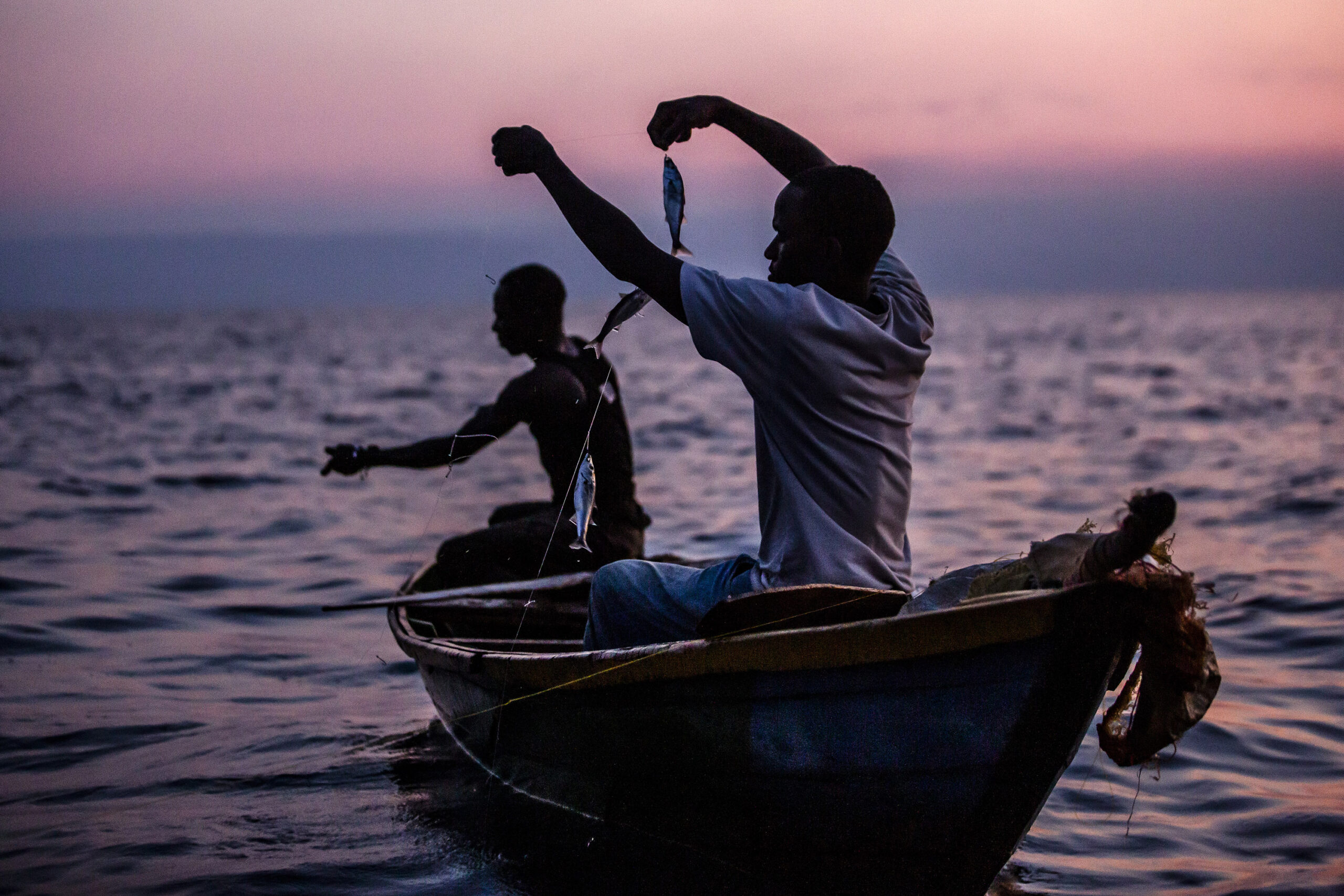
FAO Fish4ACP project
© FAO/Luis Tato
How can Blue Transformation help us reach the UN SDG targets?
Blue Transformation can play a critical role in helping us achieve the SDGs, which provide a framework for achieving a more sustainable and equitable world. Some tangible examples include:
- SDG 14: Life Below Water – Blue Transformation is focused on protecting and restoring the health and productivity of oceans. SDG 14 aims to conserve and sustainably use the ocean’s resources for sustainable development.
- SDG 1: No Poverty – Blue Transformation can help to promote sustainable economic growth and job development, which is essential for reducing global poverty.
- SDG 2: Zero Hunger – The ocean provides a significant source of protein and other essential nutrients for people around the world. Blue Transformation can help to promote sustainable fisheries and aquaculture.
- SDG 6: Clean Water and Sanitation – The ocean is a critical source of freshwater, and protecting its health can help to ensure that people have access to clean water and sanitation. Blue Transformation can also help to reduce pollution and improve water quality.
- SDG 8: Decent Work and Economic Growth – Blue Transformation can help create new job opportunities in sectors such as sustainable fishing, aquaculture, and marine tourism.
- SDG 13: Climate Action – The ocean plays a critical role in regulating the Earth’s climate, and protecting its health is essential for mitigating the impacts of climate change. Blue Transformation can help to reduce greenhouse gas emissions, promote carbon sequestration, and build resilience to the impacts of climate change.
- SDG 17: Partnerships for the Goals – Blue Transformation requires collaboration and partnerships across sectors and stakeholders to achieve its goals.
These examples demonstrate how closely linked the concepts are behind Blue Transformation and the UN SDGs, and how both are calls to action for the future of our planet.
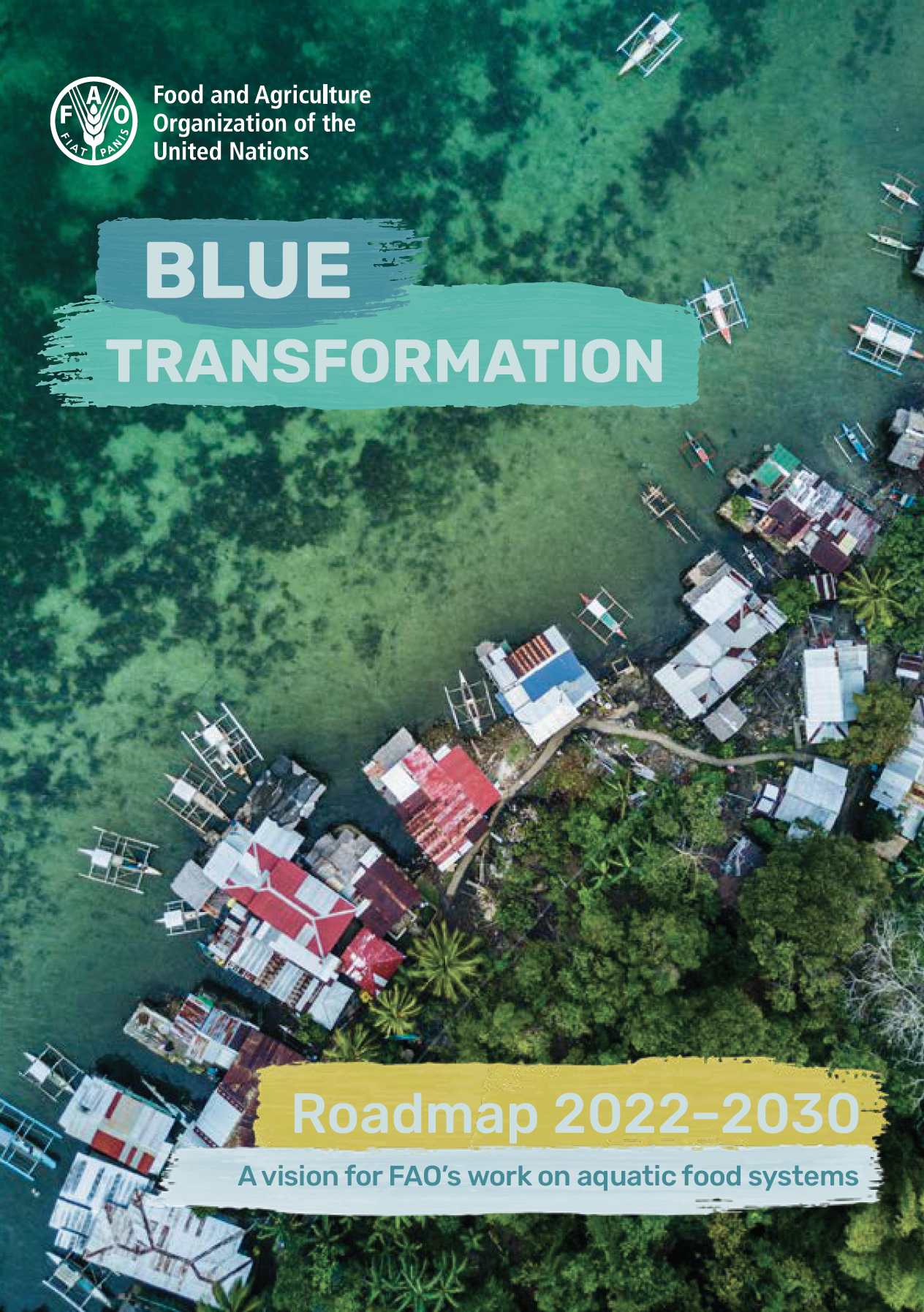

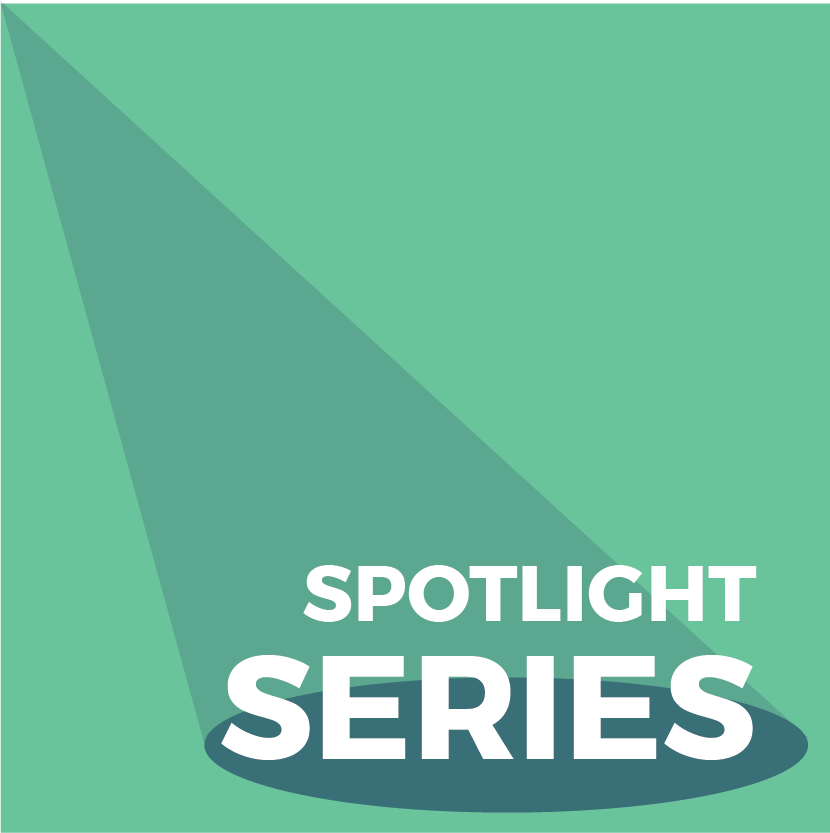
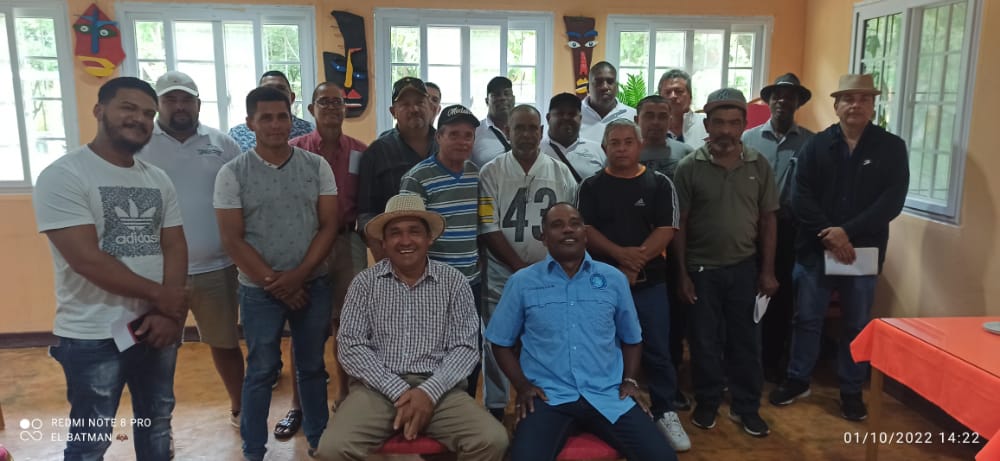
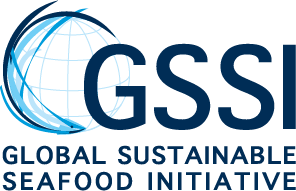
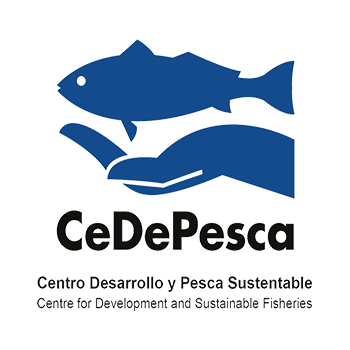

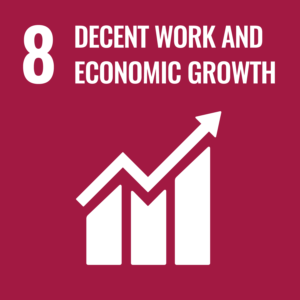
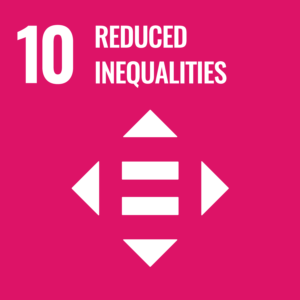
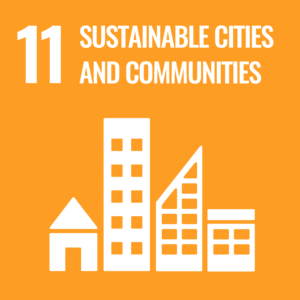
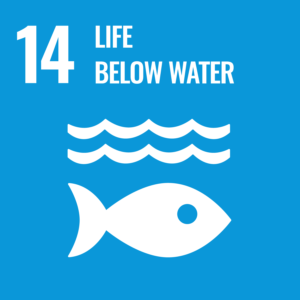
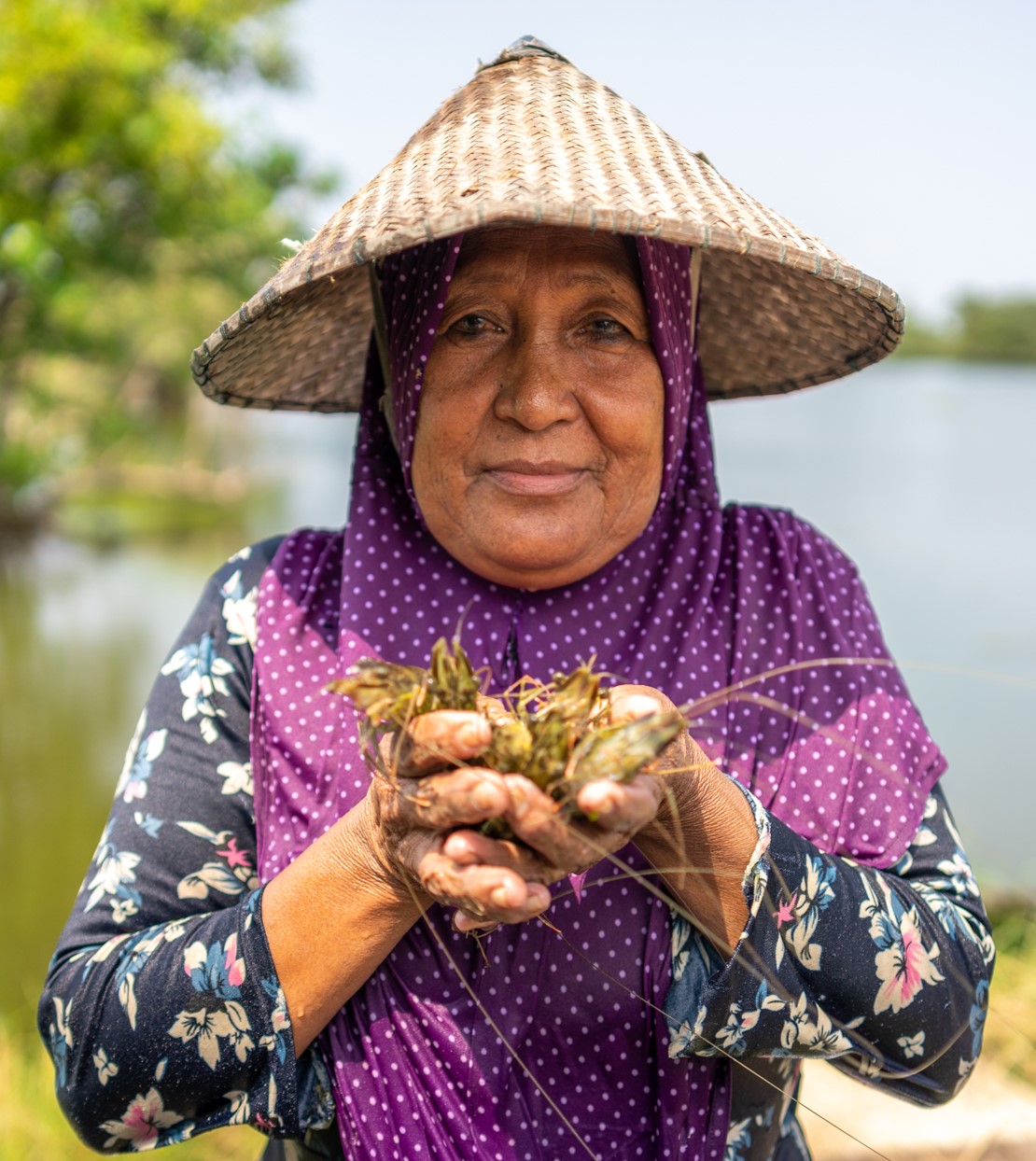
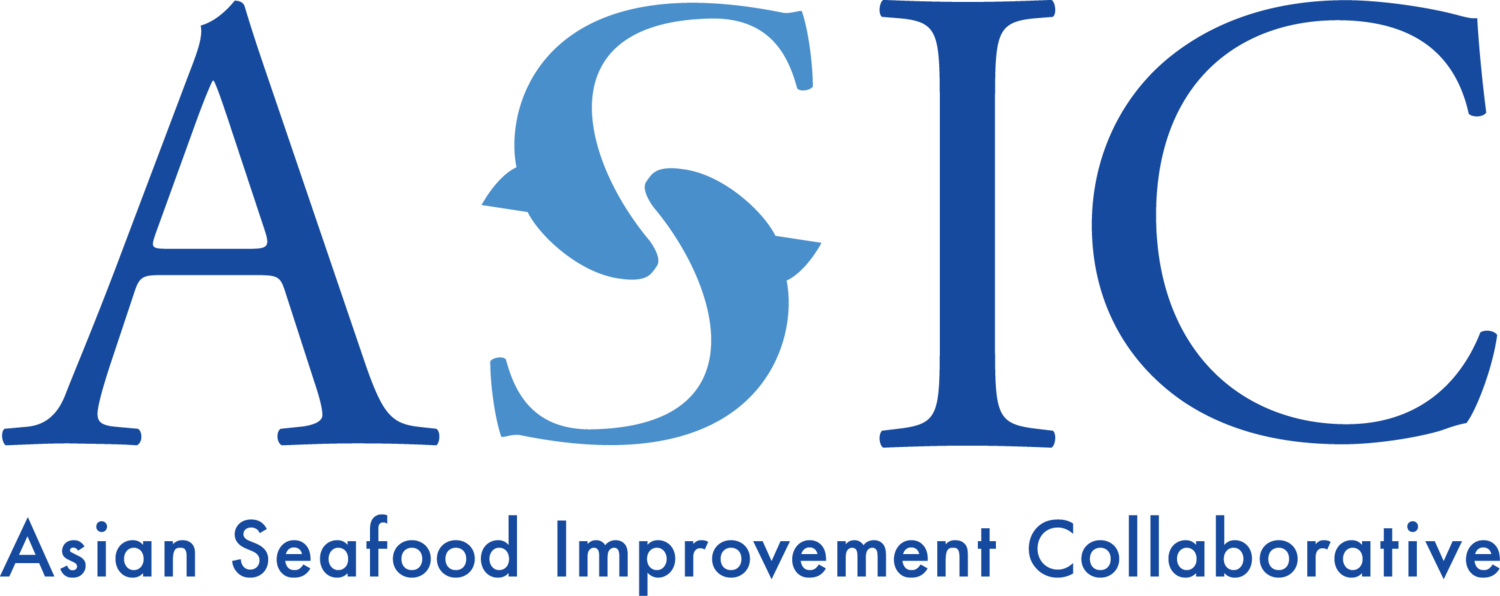
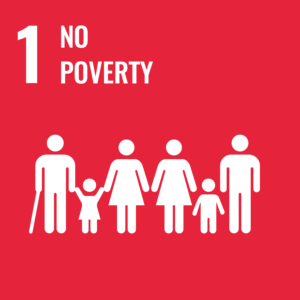
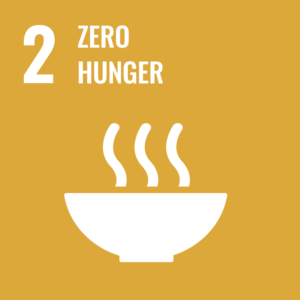
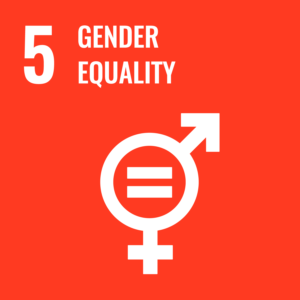
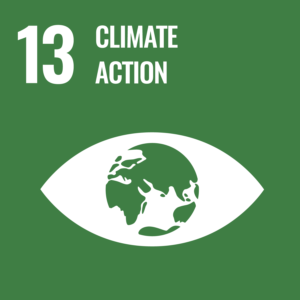
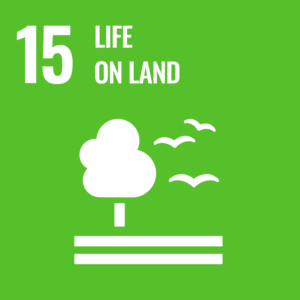
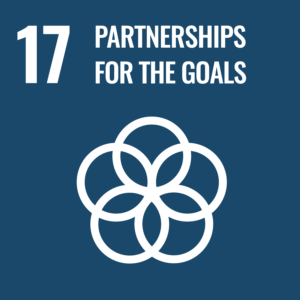
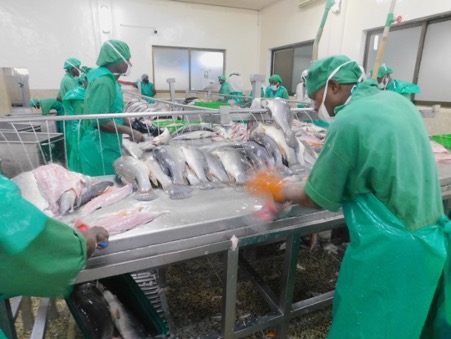

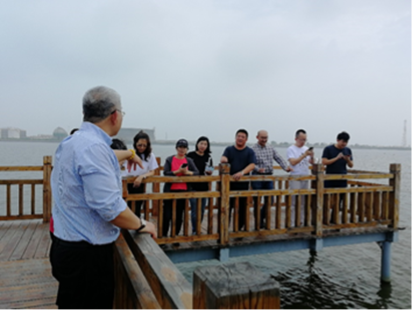
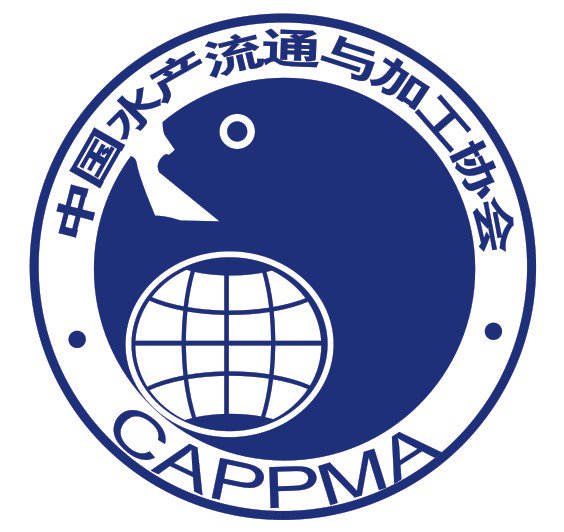
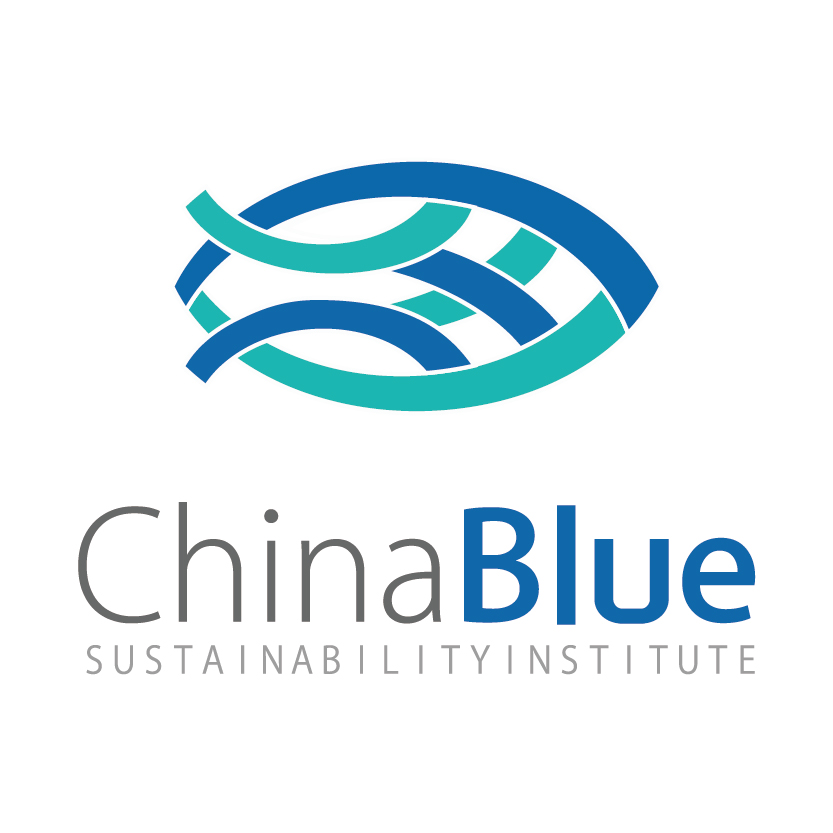
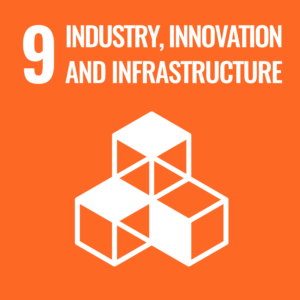
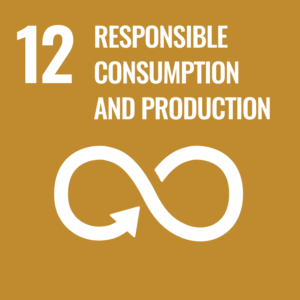

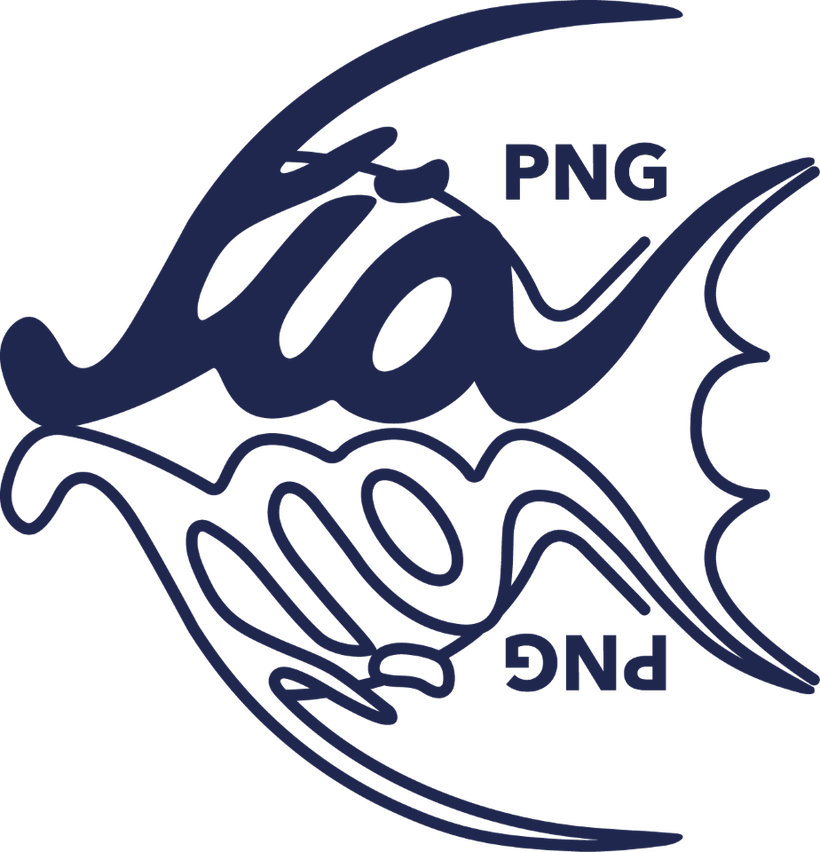
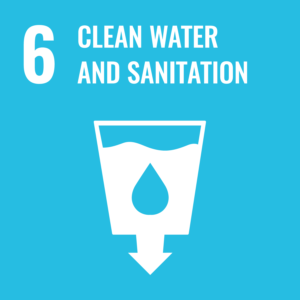
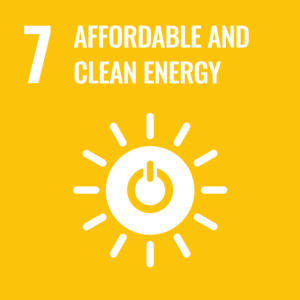
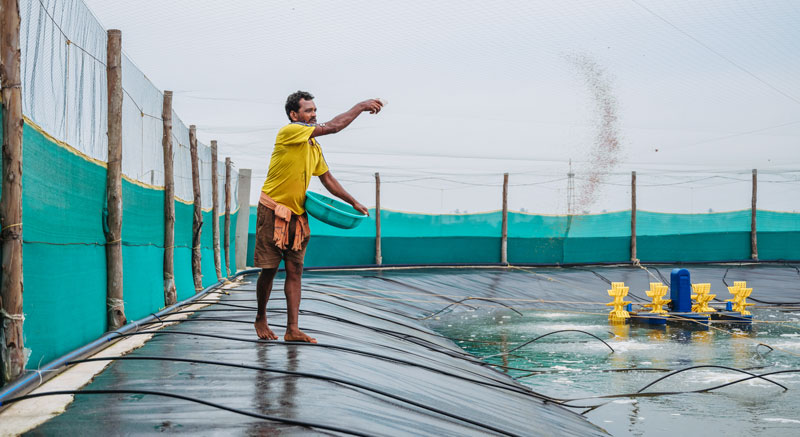

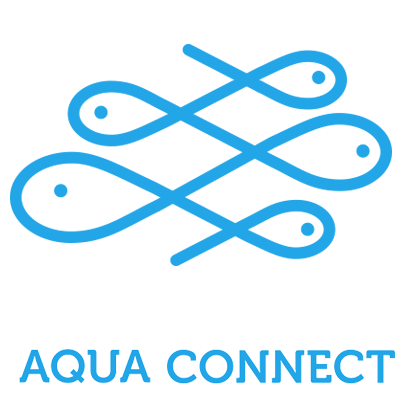
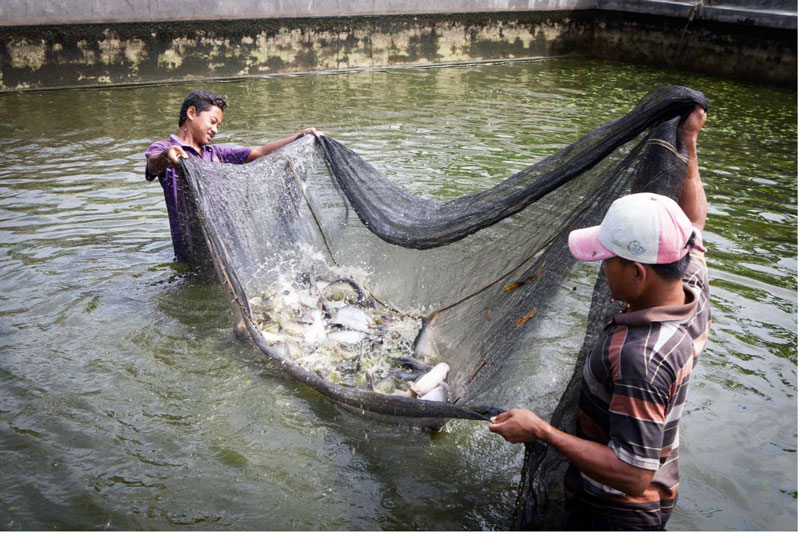
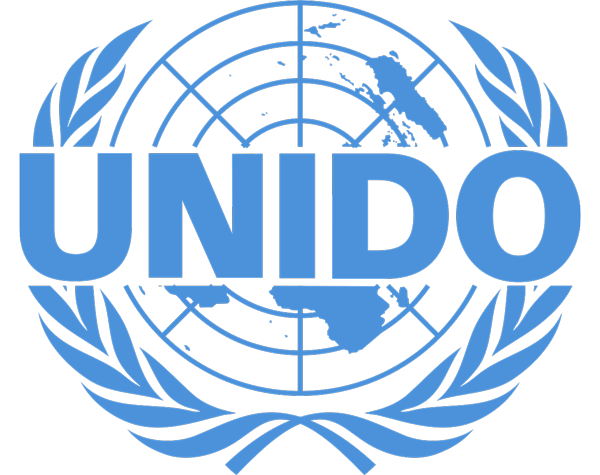
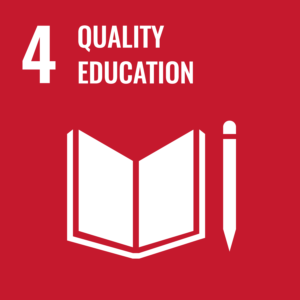
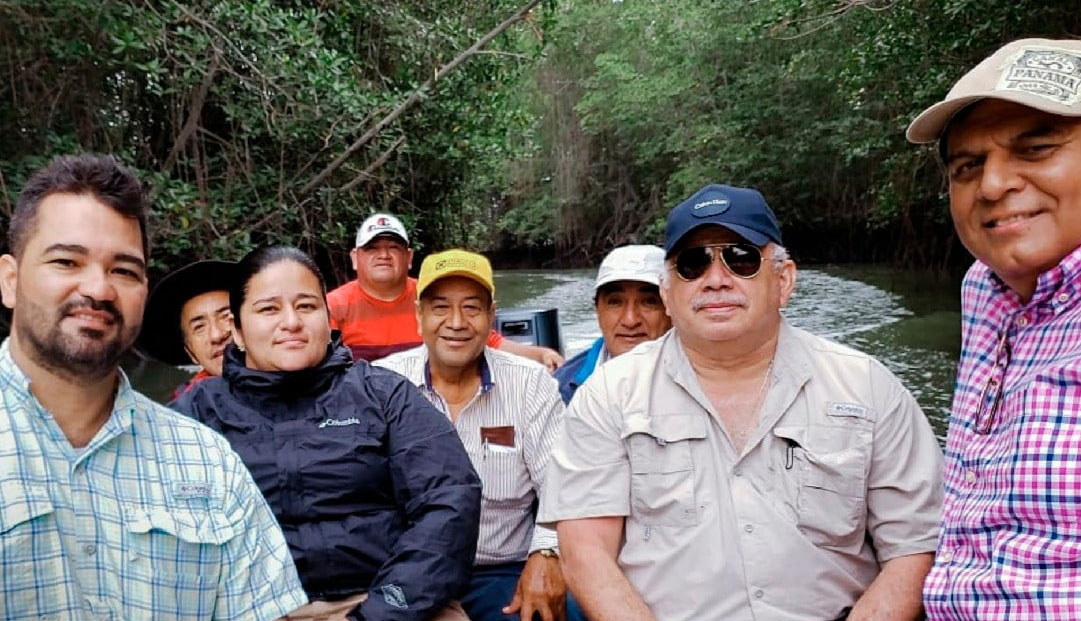
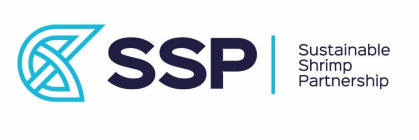
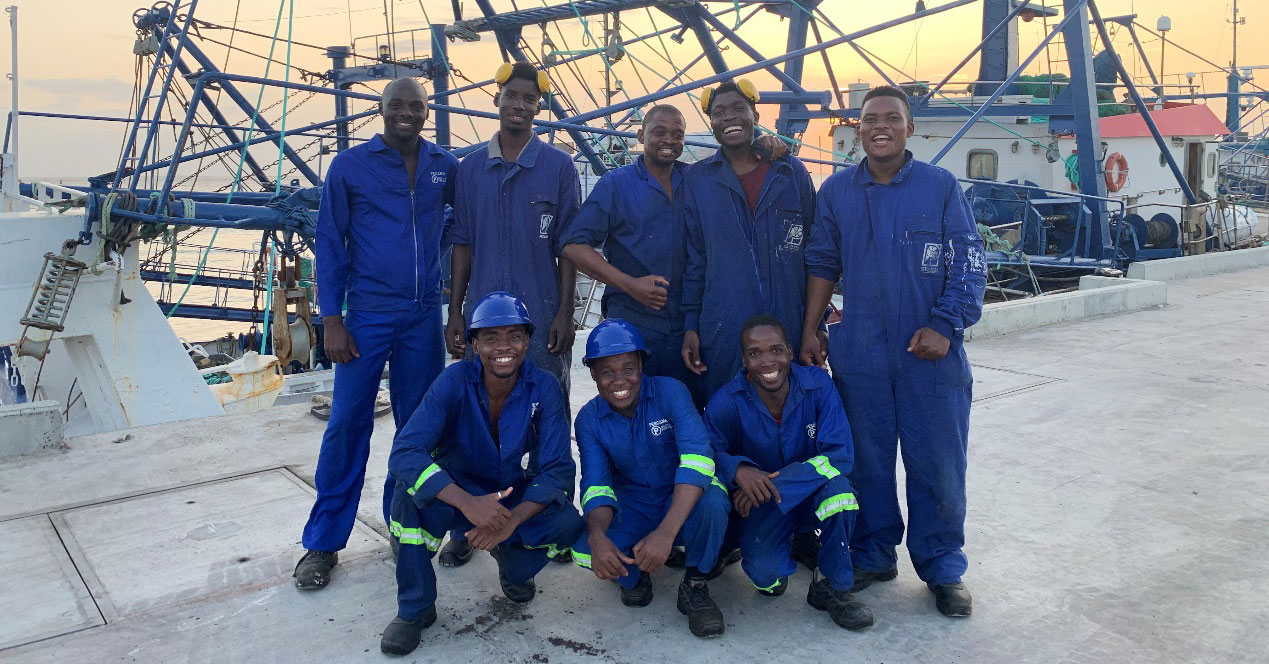
![PSC002_PescamarVertical (1)[17]](https://www.ourgssi.org/wp-content/uploads/2022/02/PSC002_PescamarVertical-117.jpg)